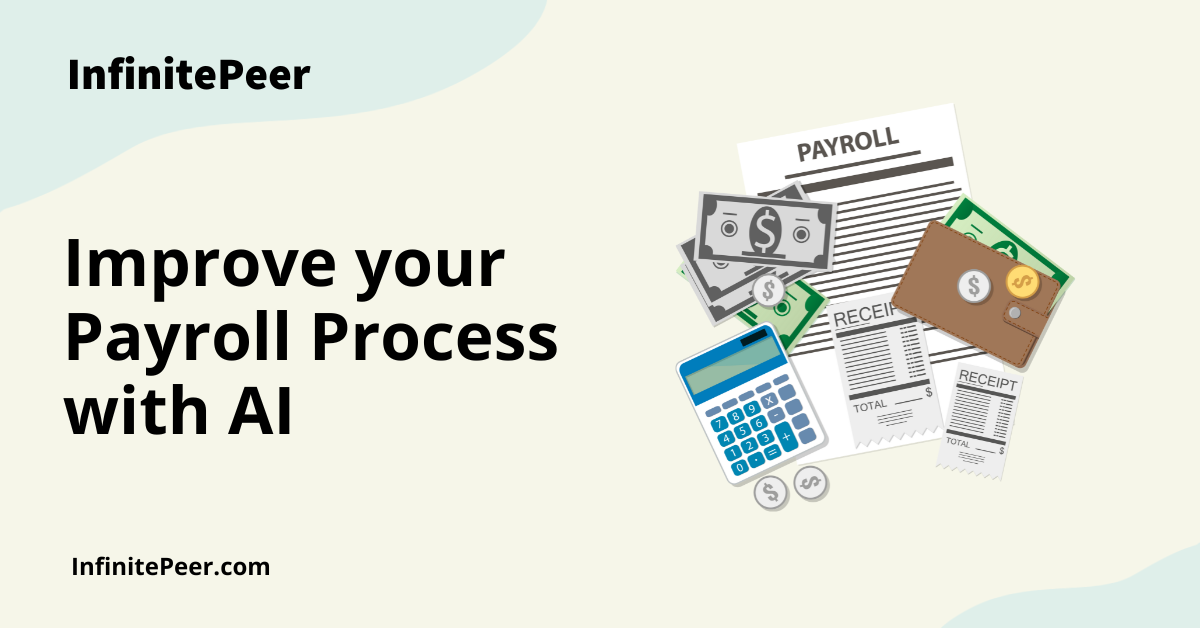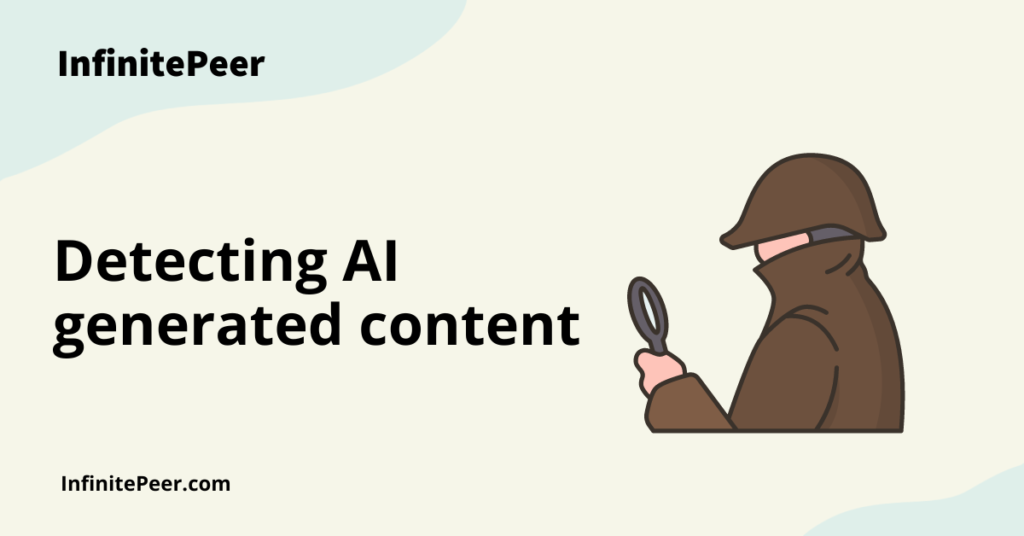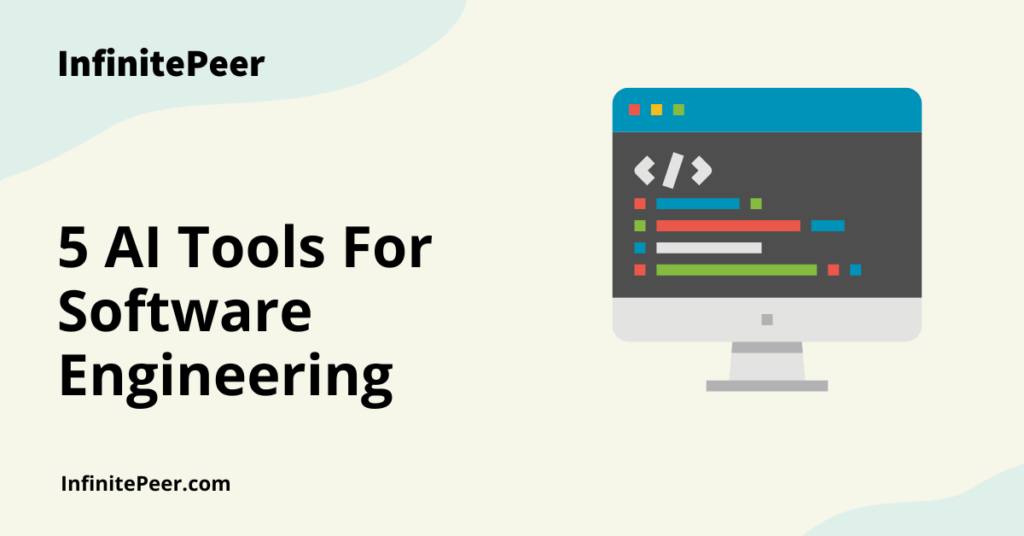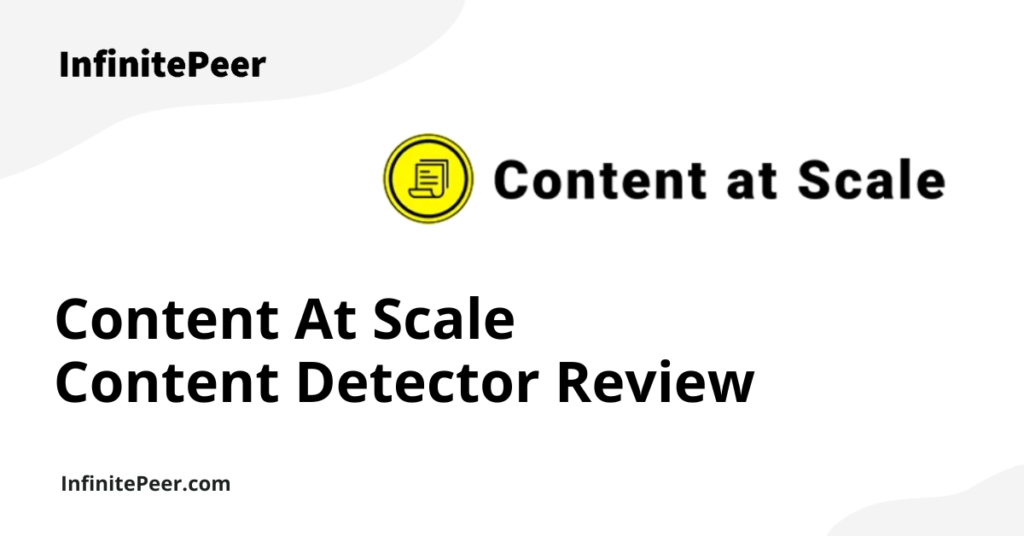Payroll is one of the most important aspects of running a business. At the heart of every company is its workers – employees who must be paid for their time.
As such, it’s essential to ensure that your payroll process runs smoothly and accurately.
Fortunately, advances in automation and artificial intelligence have made this possible. With the help of AI-based systems, you can reduce errors and save time by letting machines do all the heavy lifting when it comes to payroll calculations.
This post will discuss some of the ways that these technologies can improve payroll processing so that you can spend less time worrying about it and more time focusing on other aspects of running your business!
What is the payroll process?
Payroll is the compensation your company must pay its employees for their services. Depending on your payroll policy, that could be on a weekly, biweekly, or monthly basis.
The payroll process is the process of paying your employees. As a business function, it’s a complex, data-based process that involves calculating:
- Bonuses and reimbursements for each employee
- Additional compensation like vacation time and holiday pay for each employee
- Overtime
- Necessary deductions like federal income tax, state income tax, and social security
- Optional deductions, such as medical insurance
Imagine trying to calculate all this manually?
In addition to the calculations, the payroll team must also:
- Verify pay data before processing
- Ensure that every employee gets a pay slip
- Recordkeeping such as keeping track of timesheets and other salay/benefits documentation
- Fill out tax forms (Form 941, W-2, and W-3), and then file taxes accurately and on time
Manual payroll process challenges
If you have ever processed a payroll manually, or have even used a basic payroll software, you would be familiar with these challenges. Feel free to skip this section!
For those new to the payroll process, these are the challenges of manual and basic payroll systems:
- Every activity associated with payroll processing is time-consuming, information must be documented, and repeated cross-checks must be carried out.
- Any manual intervention is subject to human error, and even the slightest error can result in an incorrect or obsolete payment. The more complex an employee’s salary structure, the greater the chances of a miscalculation.
- The payroll team must pay special attention to the law and implement any changes immediately to stay compliant with these laws. Keeping up to date with rules and regulations is a critical task – it is also a time-consuming task where the risk of non-compliance can lead to penalties and fines.
- Legacy accounting systems require your payroll team to manually upload employee time data – a repetitive and cumbersome task.
- Legacy accounting systems are not 100% foolproof. A small mistake or change in a formula can have a domino effect and interrupt complex calculations.
- Your payroll team deals with highly-sensitive employee data (social security numbers, employment contracts, tax and insurance data, and medical files) on paper or Excel spreadsheets. You could lose that data, and worse – that data could fall into the wrong hands.
- Manual payroll management overloads your payroll team as well as your HR team.
All in all, it takes a lot of hard work, effort, dedication, and time to ensure manual payroll processing is successful month after month.
How AI and automation are currently being used in the payroll process
The latest payroll software are introducing robotic process automation (RPA) and artificial intelligence technologies to improve the payroll process. As each payroll cycle is processed, machine learning payroll algorithms get smarter. As the machine gets more intelligent, its problem-solving and predictive capabilities increase.
Here are some ways that AI and automation and impacting the payroll process:
- Employees can automatically be sorted and classified based on their employment profiles, timesheets, or other data (such as expense reports) ensuring that employers are complying with a dynamic regulatory landscape and taxation in multiple jurisdictions.
Imagine a scenario where a business traveler spent 75 days in Country A and 120 days in Country B, which triggers tax compliance in those countries. All this is determined based on AI analyzing expense reports!
- AI can identify patterns in timesheets, payroll calculations, and payments to provide highly accurate audits and reconciliations – a function that otherwise requires the services of expensive and highly skilled payroll professionals.
Have you ever missed an employee salary payment? Imagine catching the missed payment before the employee notices!
- Chatbots can be programmed to answer all employee payroll queries and have a conversation with employees just like a payroll manager would.
Have you ever received a question from an employee on why a payroll deduction was calculated as it was? Imagine that happening hundreds to thousands of times a month for large organizations. All of these inquiries can be answered by a chatbot operating 24/7!
- Data can be aggregated from multiple sources and in different formats, allowing for the efficient aggregation of all payroll data into a central system.
- Data-backed insights can be provided allowing the organization to prepare more accurate forecasts and assist leaders with decision-making.
- Data breaches can be prevented with intelligent access controls to protect highly-sensitive employee information in an encrypted form.
The benefits of using artificial intelligence to automate payroll
Artificial intelligence in payroll can:
- Work with massive amounts of data: Collect and sort large amounts of data; streamline data management; protect data; schedule automatic transfers; check for data accuracy automatically, accurately, and thoroughly.
- Provide additional payroll support: Preprogrammed chatbots save hours on emails and phone calls, reduce HR and payroll workloads, and empower your employees.
- Identify and rectify errors: Use pattern recognition to improve data collection, identify errors before they arise and data irregularities, and identify problematic patterns in data. AI and ML together can create algorithms that, over time, analyze data, identify payroll anomalies, and speed up the process of payroll processing with the least human intervention.
- Ensure compliance: Track changes and derive insights from payroll legislatures and regulations, send timely reminders to pay taxes, and comply with government rules and regulations.
- Manage organizational charts and track performance: Develop cost and performance-optimized teams by keeping track of:
- Employee skills and performance levels;
- Past work patterns;
- Leave and on-duty data; and
- Attendance record.
- Provide data insight: Transform payroll processing from a mere administrative function to a strategic function by creating reports (payroll reports, audit reports, etc.) that help organizations:
- Make more data-oriented decisions;
- Achieve better productivity, efficiency, and compliance; and
- Monitor and manage cash flow.
- Save money: A manual payroll team is expensive to maintain. Automation does away with large financial and HR teams and the need to outsource payroll management services.
- Process payroll more efficiently: An automated system can calculate monthly payroll in minutes, cutting the processing time of every phase of the payroll management process.
Final thoughts
Payroll is one of the most important aspects of running a business, but it can also be one of the most time-consuming.
It’s a tangled process with myriad complexities. Payroll is also one of the busiest departments in every business due to its nature of work and one where there is little margin of error given it deals with employee pay.
Innovative companies have discovered that with modern technology, AI, machine learning and automation, they don’t have to deal with the responsibilities and liability of payroll process management.
Fortunately, there are new technologies on the market that can help make this process easier. Automation and artificial intelligence are making huge strides when it comes to improving the payroll process.




